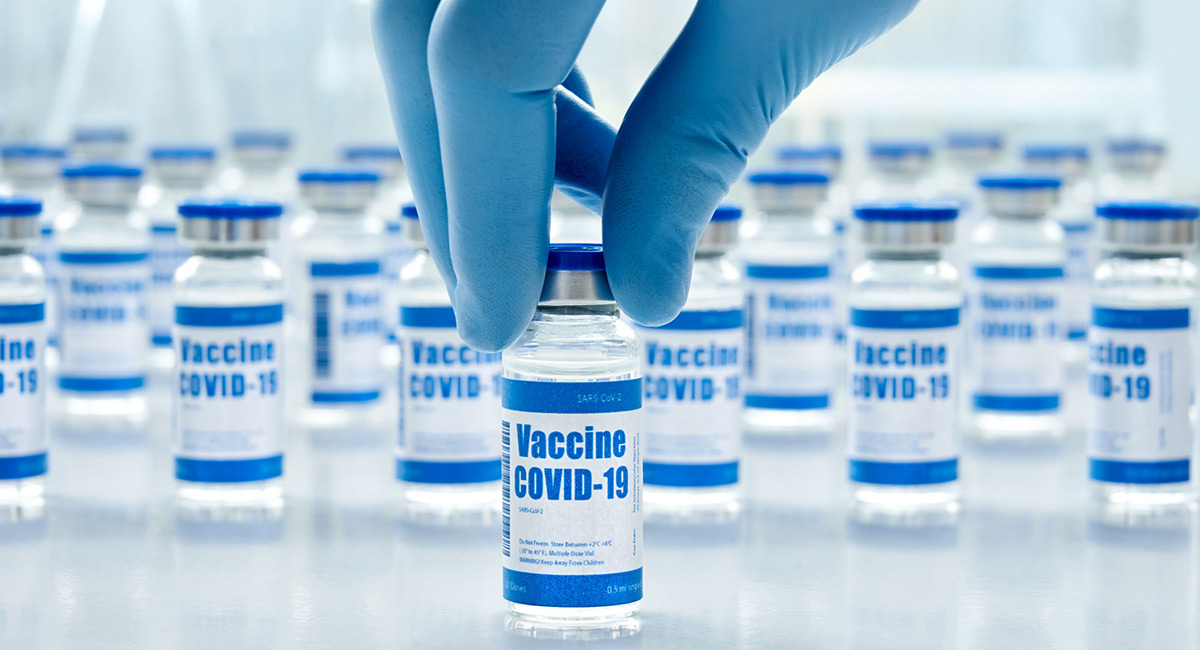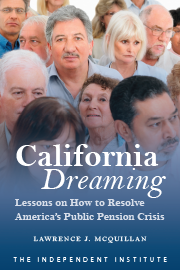Taxpayer money funneled through Operation Warp Speed played a role, but the COVID-19 vaccine success story is more about the regulatory reforms that hastened vaccine development. These reforms should now be made permanent to help bring more lifesaving drugs to consumers faster.
Drug regulators, especially officials inside the Food and Drug Administration (FDA), are typically guided by the “precautionary principle,” which asserts that if a product has any suspected risk of causing harm to the public, protective steps should be taken, such as withholding the product from market, until there is complete scientific proof of the risks. That makes regulators highly risk averse and slow to approve new drugs. It was less the case with COVID-19. Intense scrutiny by the media and public, as well as competition among countries to be first to authorize use of a lifesaving vaccine, caused regulatory agencies to relax the precautionary principle. This allowed good things to happen quickly at each stage of development.
For example, at the preclinical stage the U.S. Government Accountability Office reported that “all companies indicated that they conducted animal toxicology studies for their vaccine platform, but some animal studies may not have been specific to their COVID-19 vaccines.” One company had conducted more than 10 animal toxicology studies in the past on the platform they were using for their COVID-19 vaccine. The studies showed “no safety concerns from any vaccine made using that platform.” To save time, the FDA allowed companies to substitute knowledge gained from earlier animal studies, a departure from normal practices.
At the clinical stage the FDA and other agencies streamlined Phase I, II and III trials by pharmaceutical companies by establishing master protocols for vaccine trials and a single working group of physicians to ensure quality control. These reforms increased efficiency and reduced delays.
At the review stage the FDA streamlined and prioritized its evaluation of vaccine clinical trial data, which normally can take months or even a year. And it created a framework to share data faster and more broadly. These changes allowed vaccines to see the light of day much sooner.
These reforms were part of a broader coordinated interagency research strategy called ACTIV, Accelerating COVID-19 Therapeutic Interventions and Vaccines, which fast-tracked identification of preclinical treatments, accelerated clinical testing of the most promising vaccines, expedited clinical trials and accelerated data review to allow for rapid authorization.
But there’s more. Operation Warp Speed funded the manufacturing of promising vaccines, using taxpayer money, concurrent with clinical trials and before FDA emergency authorization. Manufacturing before authorization would be a risky financial gamble for a pharmaceutical company under typical conditions. One way to do this in the future without exposing taxpayers to ever-increasing risk would be for wealthy nonprofit organizations to provide lucrative “prizes” to incentivize the pre-authorization manufacturing of promising drugs.
For example, private nonprofits would offer a lump-sum grant—$2 billion, say—to a company that would manufacture a promising drug concurrent with trials and before authorization. This could speed up delivery of new lifesaving drugs to patients.
Operation Warp Speed money played a role, but dozens of regulatory reforms deserve much of the credit for the rapid development of the COVID-19 vaccines. A light touch by regulators gave scientists more freedom to innovate quickly and allowed lifesaving drugs to reach consumers sooner. That is the lesson of the COVID-19 vaccine success story.
With lives and livelihoods in the balance, we should never again allow the precautionary principle to strangle drug development. Instead, we should permanently streamline development so breakthrough drugs can be created faster and reach the people who need them in record time.











